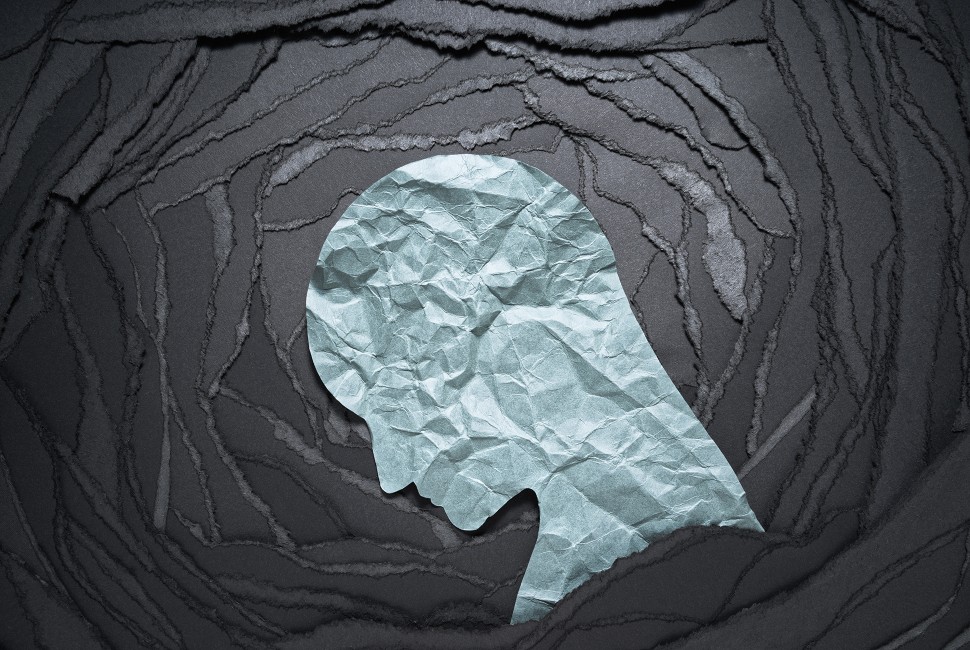A new assessment tool that leverages powerful artificial intelligence was able to predict whether participants exhibited suicidal thoughts and behaviors using a quick and simple combination of variables.
Developed by researchers at Northwestern University, the University of Cincinnati (UC), Aristotle University of Thessaloniki and Massachusetts General Hospital/Harvard School of Medicine, the system focuses on a simple picture-ranking task along with a small set of contextual/demographic variables rather than extensive psychological data.
The tool was on average 92% effective at predicting four variables related to suicidal thoughts and behaviors.
“A system that quantifies the judgment of reward and aversion provides a lens through which we may understand preference behavior,” said first author Shamal Shashi Lalvani, a doctoral student at Northwestern University. “By using interpretable variables describing human behavior to predict suicidality, we open an avenue toward a more quantitative understanding of mental health and make connections to other disciplines such as behavioral economics.”
The study, published today in the journal Nature Mental Health, concludes that a small set of behavioral and social measures play a key role in predicting suicidal thoughts and behaviors. The current work details the components of a tool that could be an app for medical professionals, hospitals or the military to provide assessment of who is most at risk of self-harm. Rather than using big data, the team leveraged a smaller number of variables grounded in mathematical psychology to train a machine learning model.
Data was collected from surveys completed in 2021 by 4,019 participants ages 18 to 70 across the U.S.
Participants were asked to rank a random sequence of 48 pictures on a seven-point like-to-dislike scale of 3 to -3 in six categories: sports, disasters, cute animals, aggressive animals, nature and adults in bathing suits.
“The usage of a picture-rating task may seem simple but understanding individual preferences and how one evaluates reward and aversion plays a large role in shaping personality and behavior,” said co-PI for the study and co-senior author Aggelos Katsaggelos, the Joseph Cummings Professor of Electrical and Computer Engineering at McCormick and director of the AI in Multimedia-Image and Video Processing Lab at Northwestern.
“We find that our results in predicting suicidality exceed typical methods of measurement without using extensive electronic health records or other forms of big data,” Katsaggelos said.
Along with the picture ratings, participants completed a limited set of mental health questions and were asked to rank perceived loneliness on a five-point scale.
When the data was plugged into an artificial intelligence system developed by Northwestern and University of Cincinnati, the software was able to predict four measures of suicidal thoughts and behaviors: passive suicidal ideation (desire without a plan); active ideation (current and specific thoughts); planning for suicide; and planning coping strategies to prevent self-harm.
Researchers noted that respondents in other countries could have unique cultural influences that might affect prediction success, although race and gender effect were the least predictive of any measures used. Another potential limitation, the researchers said is the surveys were self-reported rather than through clinical assessments, adding that it’s difficult to see how a prospective study of suicide might be performed. Lastly, the cohort was sampled during the COVID-19 pandemic at a time that has seen higher-than-normal rates of loneliness and self-harm.


